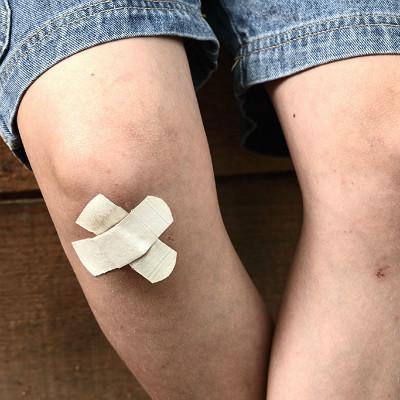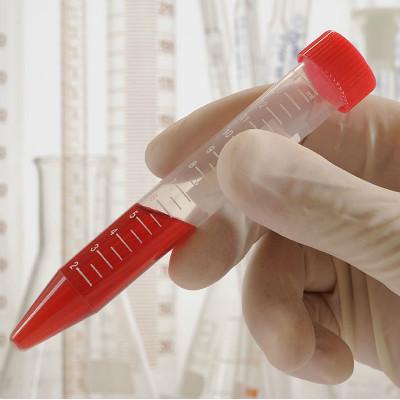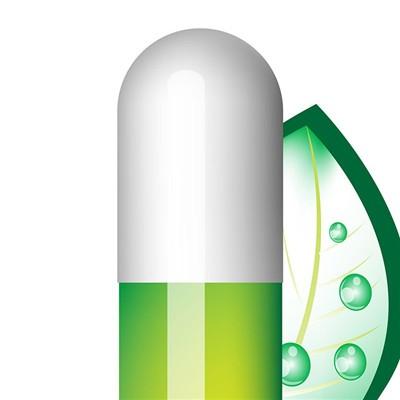What disease is lung shadow
summary
Some people find shadow in their lungs during examination. What is the disease of shadow in their lungs? Many people don't know. Let me explain it to you.
What disease is lung shadow
The incidence rate of tuberculosis is increasing in recent years. The common parts are the apical and posterior segments of the upper lung and the dorsal segment of the lower lobe. The shadows are scattered flocculent, in which there can be calcification, sometimes spherical or miliary lesions. Very few of them can involve the whole lobe on one side, forming the so-called "damaged lung". Patients often cough, expectoration and hemoptysis, as well as afternoon fever, fatigue, night sweats, loss of appetite and other symptoms of tuberculosis poisoning. If acid fast bacilli are found in sputum, the skin tuberculin test is strongly positive, generally can be diagnosed.
Second, pneumonia: it is a pulmonary infection caused by pathogenic microorganisms (bacteria, mycoplasma, chlamydia, virus, etc.), in addition to X-ray examination with lung shadow, the patient also has symptoms such as cough, expectoration, fever, chest tightness, fatigue, dyspnea, and even septic shock. The most common pathogenic microorganism is bacteria. The shadow is often flaky on X-ray chest film. In severe cases, the whole lung lobe will be involved. If routine blood examination is carried out, the number of white blood cells can be significantly increased.
Third, bronchiectasis: it is an irreversible infection caused by the suppurative infection of the bronchial wall. Chest X-ray showed increased, thickened and disordered lung markings. Severe bronchiectasis could be manifested as beaded small transparent areas with typical honeycomb like shadows. The common symptoms are long-term expectoration and hemoptysis. In the past, lipiodol bronchography was the gold standard for the diagnosis of bronchiectasis. At present, spiral CT can reconstruct the bronchial morphology without any trauma, which has basically replaced lipiodol bronchography.
matters needing attention
So what kind of disease is the shadow in the lung? These shadows can provide us with disease information. When you begin to have some symptoms such as fever, cough, etc., your lungs may be warning you. If you don't pay attention to it and let the disease develop, you are likely to have respiratory failure or other life-threatening conditions.















